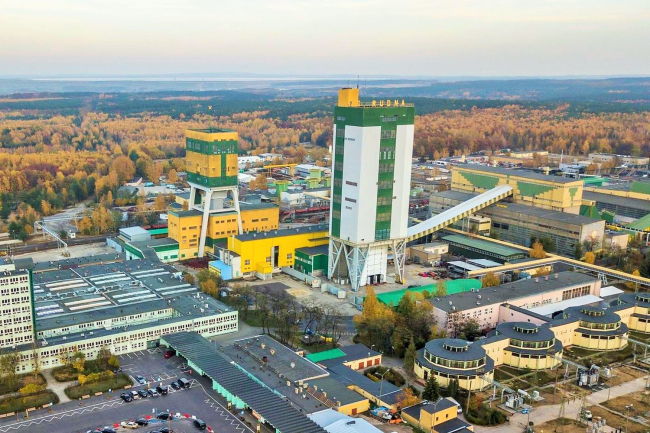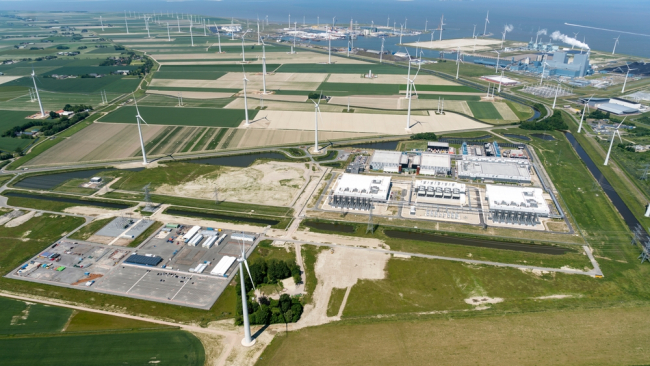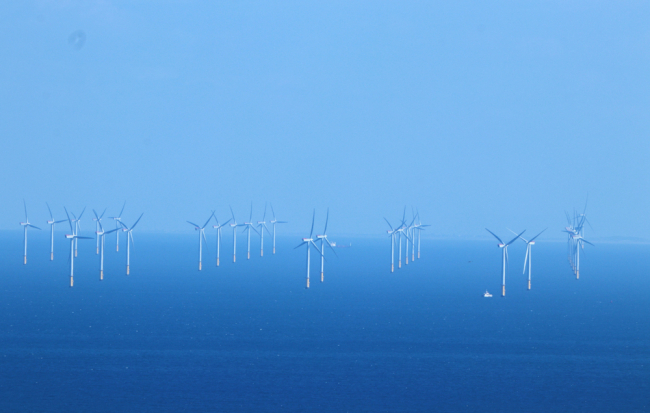A Word to OPEC in Oran: Do No Harm

There is a lot of advice being given to OPEC participants in preparation for tomorrow"s meeting in Oran. These are trying times indeed for OPEC ministers because all the worst elements of a crisis are assembled and there are no new ways out. The peak of prices in July of this year at $147 per barrel had already triggered a psychological response in even the most tenacious consumers, the affluent Americans and others around the world in their sports utility vehicles. Finally the idea of spending nearly $150 to fill the tank got their attention.
That was before the sub-prime crisis cascaded out into credit markets and triggered such a collapse in value around the world that no economy has been spared the consequences. It reminds of the collapse of the Baht which made all the noise of a tree falling somewhere in a the forest but had dramatic effects on Asian markets. It is useful to remember that those effects were transient.
Tomorrow, OPEC ministers must evaluate options for restoring confidence to oil markets. They have already announced an agreement in October to remove 1.5 mb/d from supplies and various OPEC members have gone some way to make transparent their efforts to comply. Invariably it is the Saudis and Emirates who are the most transparent and others would do well to be as transparent unless of course their situation doesn"t stand up to scrutiny. Some are already producing below quota because their production capacity is slipping - the most dramatic example of this is Venezuela. Others are sluggish in implementing cuts because they would really rather someone else made the cuts. These members are visible in the statistics. Predictably, Saudi Arabia is a key test for compliance and it has shown its intent to abide by the October decision. The value of any production cuts announced in Oran will depend on whether OPEC members are respecting the first decision. Just now, that compliance is in question.
Going into the meeting, the Market Monitoring Committee must provide its assessment of the evolution of demand for oil in 2009. How do you do that when every day brings a new indicator of collapsing demand and oil prices are responding more to unemployment figures than they are to oil market fundamentals. Everyone seems baffled by the market as most price forecasters are still hung up on the forward months in the futures curves and consensus forecasts for WTI in 2009 are still close to $70 - albeit falling.
OPEC is going to need to make its efforts in credible bites. But some officials are also talking about mopping up the stock overhang. It is variously assessed at 100 to 400 million barrels. Some characterize it as 4 days of forward consumption - or 340 million barrels. There is precious little likelihood anyone will believe an OPEC commitment to deal with both a stock overhang and falling demand in one decision. Already demand is falling faster than the October decision plus another 1.5 mb/d cut. OPEC needs to stabilise the patient.
Now we are hearing from proponents of a price band. Since a number of officials have talked in terms of an “appropriate” price of $75 per barrel, that provides an appropriate return to investors, offers stimulus to policy objectives such as efficiency and promoting alternatives - the idea of a $75 barrel has gained credibility. But to take the next step to establish a price band around a target of $75 is to fall back into the trap of the price range of $22 to $28 per barrel after the 1998 price debacle that was a bad idea even then. The band was meaningless in its implementation and was swept away in 2004 by the market.
The world is aware of how difficult it has become to anticipate the market"s need for oil. Generally, the market is also aware that there is danger for everyone at prices as low as today"s. Not everyone thinks there should be a group of producers seeking to manage the flow of oil to market, but there is one. It"s first principle as it sets out tomorrow to adjust its activities to its best assessment of what is coming next, is to do no harm. This market can"t be fixed in one step. Too much is going on.
A calm assessment of both the short and medium term needs of the market would be informative. Overreacting today will set the stage for the next crisis as supply slumps become imbedded in producing countries. Some of the contributions to reduced production are because of eroding production capacity in major producing provinces - including some of those non-OPEC players in Oran tomorrow. A systematic approach to tackling the greatest problem, temporarily falling demand, with credible, verifiable decisions may provide some measure of calm to markets. Cutting too far, too fast only adds to instability by potentially seeing a surge in the spare capacity metric. Bur expectations should not be too high. These are not normal times and OPEC"s limited range of tools cannot fix oil markets in Oran.

Available in:
Regions and themes
Share
Related centers and programs
Discover our other research centers and programsFind out more
Discover all our analysesRe-evaluating Copper Supply: The Crucial Role of Technology
Some authors argue that the energy transition is doomed to fail due to metal scarcity and the rising energy costs of extraction.
The Strategic Dimension of Power System Flexibility: Opportunities in Europe
The European Union has embarked on an energy transition aimed primarily at replacing fossil fuels by electrifying demand.
Energy Developments in the United Kingdom
The United Kingdom (UK) has traditionally been an example for its neighbours and the world in developing ambitious, innovative and effective energy policies.
India’s Green Hydrogen Strategy in Action: Policy Actions, Market Insights, and Global Opportunities
India is poised to remain the world’s fastest-growing major economy, and this rapid growth is driving a sharp rise in energy demand. As the most populous country on the planet, India urgently needs to decarbonize its energy systems.











